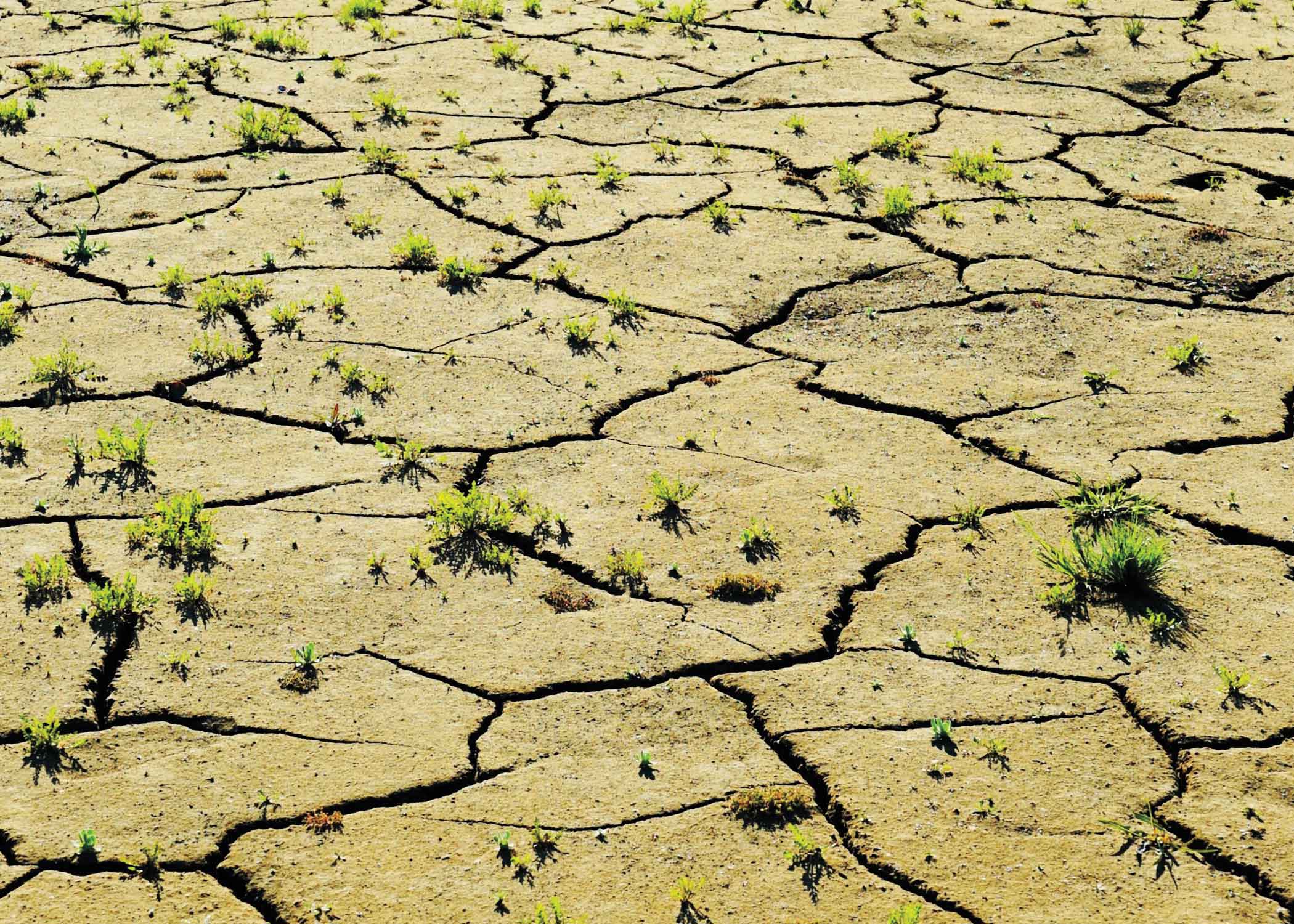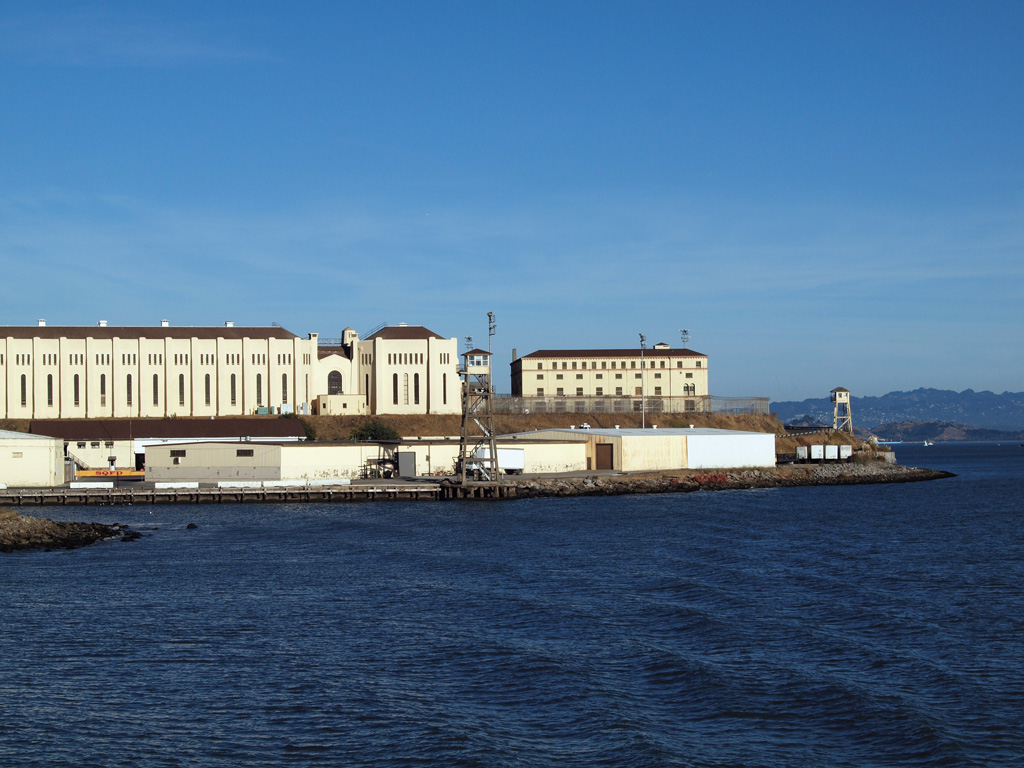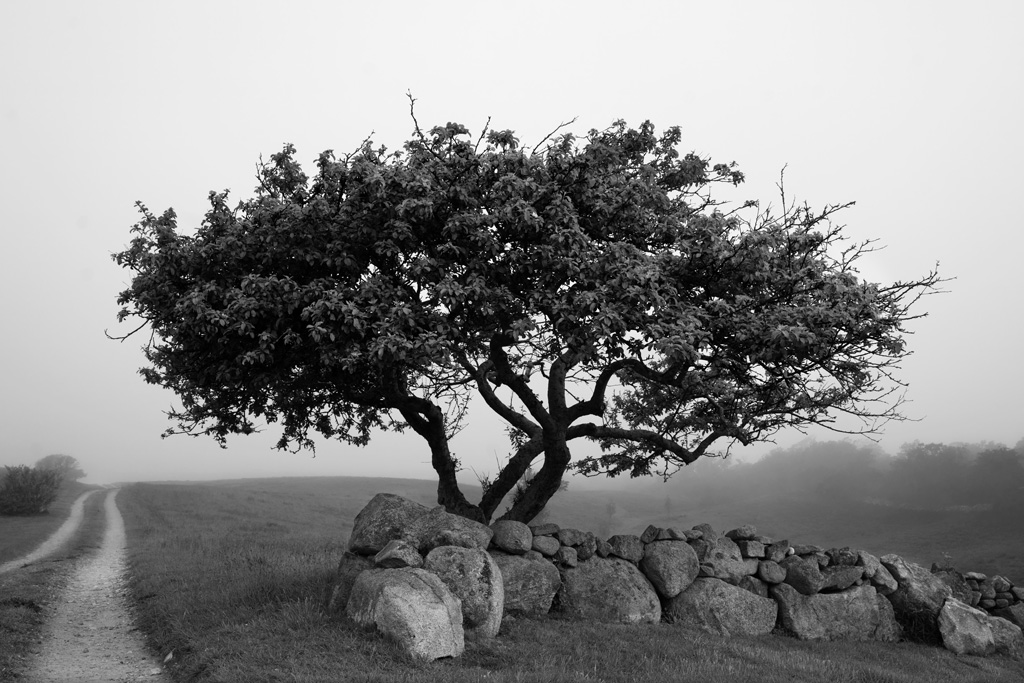News
5 Government Efforts to Ease Marin’s Water Woes
 Nicasio Reservoir (photo by Breda Doran)
Nicasio Reservoir (photo by Breda Doran)State of Emergency
With rainfall and reservoir storage levels at the lowest they’ve been in nearly 50 years, the Marin County Board of Supervisors has declared a local emergency. “While we will have plenty of water for the health and safety of our families, it’s so important at this time that we do not waste any water,” says board president Dennis Rodoni.
Gray Is the New Green
By waiving fees for the installation of graywater systems, which recycle wastewater from the laundry and bathroom, Marin’s Board of Supervisors hopes to conserve resources. Graywater recycling can decrease the use of potable water by 16 to 40 percent, says the interim deputy director of Environmental Health Services at Marin’s Community Development Agency.
A Drop in the Bucket
The Marin Agricultural Land Trust has allotted $250,000 to help county farmers and ranchers sustain themselves in the face of drought conditions. Specifically, as part of a Drought Resilience and Water Security initiative, or DRAWS, grant money will be available for water distribution, storage and building additional infrastructure.
Water Crossing
As a way to combat one of the worst droughts Marin has faced, the prospect of a permanent water pipeline across the Richmond–San Rafael Bridge is looking more likely. Since it is also likely to be expensive and an architectural challenge, other strategies are being considered, including a groundwater storage project and temporary desalination plant.
Stemming the Tide
Beginning in July and running through late October, one of Marin’s main water suppliers will be cutting back on exports by 20 percent. Sonoma Water provides about 25 percent of central and southern Marin’s water supply and 75 percent of Novato’s but must conserve its resources to be able to last through the year.









